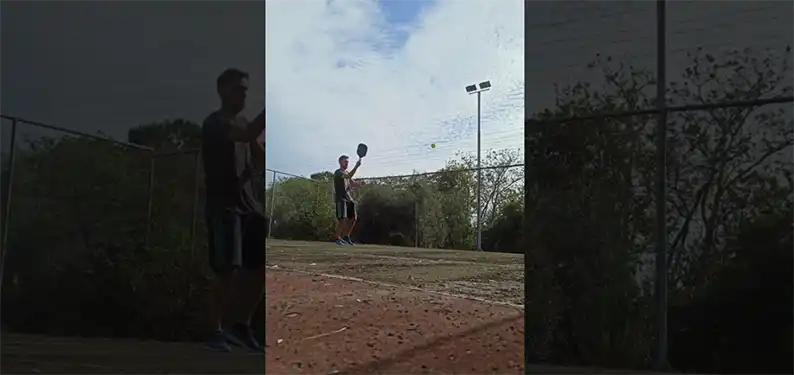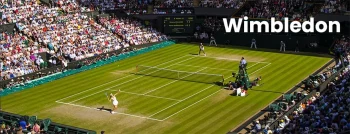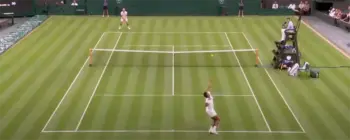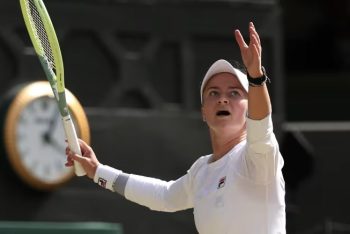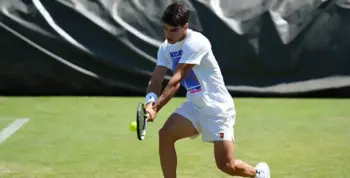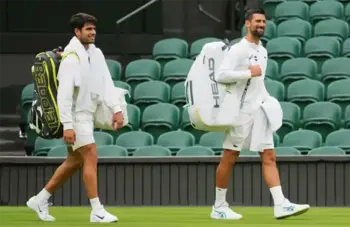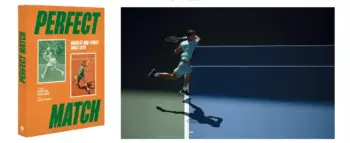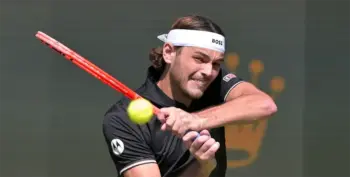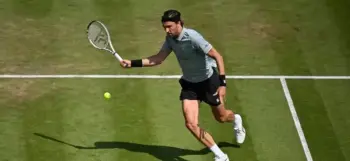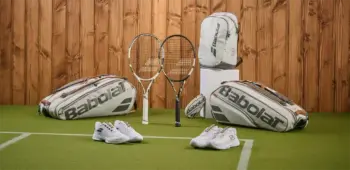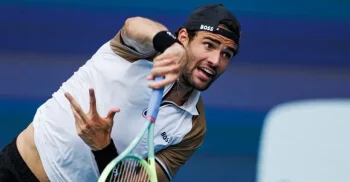Very first 5 hours into the game of Pickleball and this sport is just super fun to play!
Currently playing with my 8-year-old nephew, but pretty soon I’ll be playing Pickleball with some “open-minded” tennis hitting partners.
Wait a moment! Playing against a kid? Is there any importance in any of this? Well, yeah! First, you learn how to walk, then how to run.
Gets you to understand first-hand why Pickleball is being played in the USA from people of such a large range of age and racketsport background level.
Our play so far
Ball exchanges have been taking place between 3 court zones:
Warm-ups at the non-volley zone aka the non-volley-zone / the kitchen
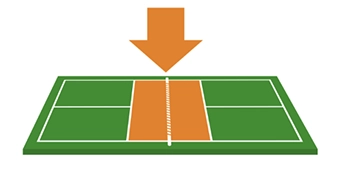
Moving back to the mid-court (resets)
and finally from the baseline (groundstrokes)
Gear and game play tips
The Kitchen: * continental is the most dominant grip
Paddle characteristics to take into consideration:
“pop” = the dwell-time of the paddle. The more “pop” the paddle gives, the more likely for the ball to go to high over the net and to become a “volley-shot” for the opponent
“softness” = comfort level, when not hitting with top-spin, the wrist is totally locked, so this takes some toll on the joints if you dink for too long
“control” = the combination of these two
The most important thing to be mentioned here is the differences in the grip shapes and sizes.
The smaller and rounder the handle is, the easier/faster it is to change from the forehand to the backhand side. A handle of this kind just makes the paddle feel whipier than the paddles with a more traditional, tennistic style.
I also noticed that the 2 paddles that have tennis-shaped handles gave me some wrist and elbow soreness. I think this was because it’s less easy to “flick” the ball up with such rectangular shapes.
The Mid court: * continental is the most dominant grip
“Pop”, “Softness” and “Control” like the Kitchen, but more tennistic half-volley “finesse” skills are required, so I can “reset” the point by making sure my resets (half-volleys) drop in the other side of the net and before the kitchen line.
Soft hands are needed, with much less grip-squeezing. Alsp, less knee bending and the bodyweight transfer forwards.
It’s a transition type of shot – resetting the flow of the point.
Again, from this part of the court, the paddles that have a round shape (non-pronounced bevels) and small circumference feel more maneuverable.
The Baseline: * eastern and semi-western is the most dominant grip
This is where, I feel so far, “power” and “spin” come into the equation.
The one thin paddle of 13mm thickness really delivers easy depth on all the baseline shots (traditional tennis groundstrokes).
I’ve seen several pros playing with thin paddles, but I would encourage every newcomer to start with a 16mm width paddle.
This is because the thin paddle feels significantly stiffer than the traditional 16mm paddles and the one with the 19mm width.
This in turn, offers less dwell-time and along with the mediocre “grit” of the 13mm I have (surface roughness) it offers significantly less access to top-spin than the traditional, softer 16mm paddles.
* While for the kitchen and the mid-court the dominant grip is the continental, from the baseline I use an “Eastern” tennis grip to get more shape on the ball.
The Paddles
I’m currently using 6 Juciao Pickleball Paddles. Once I’ve piled up some good hours with some tennis hitting partners, I will share my feedback in reviews about each one.
one 3mm – beginner paddle
five 16mm – various “grits”, materials, shapes and weights
one 19mm – light, elongated and aerodynamic
